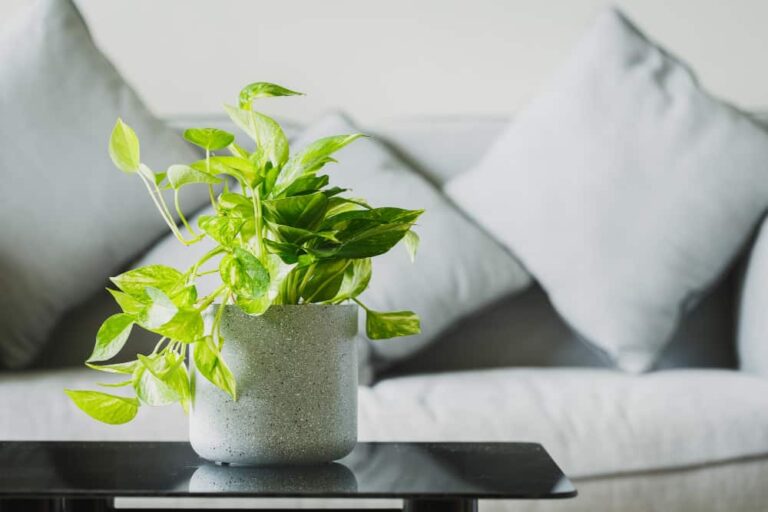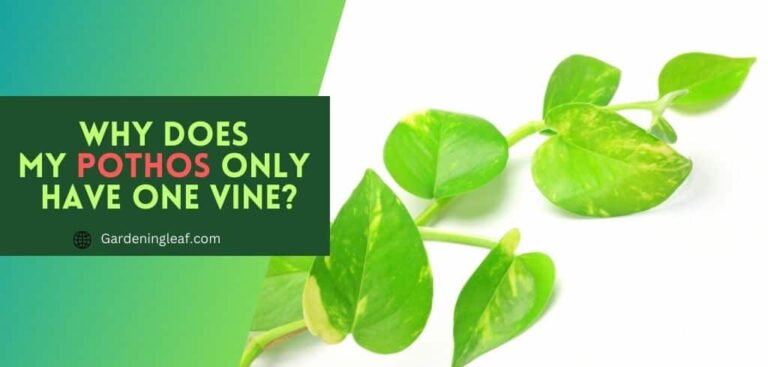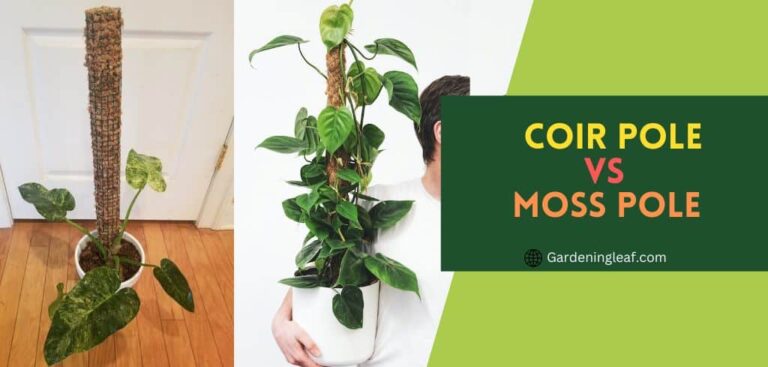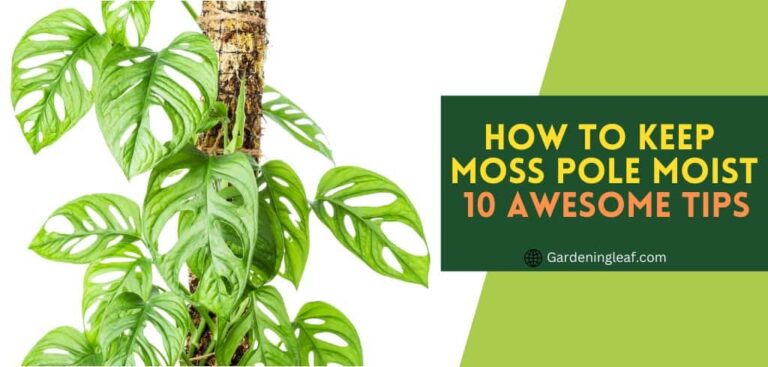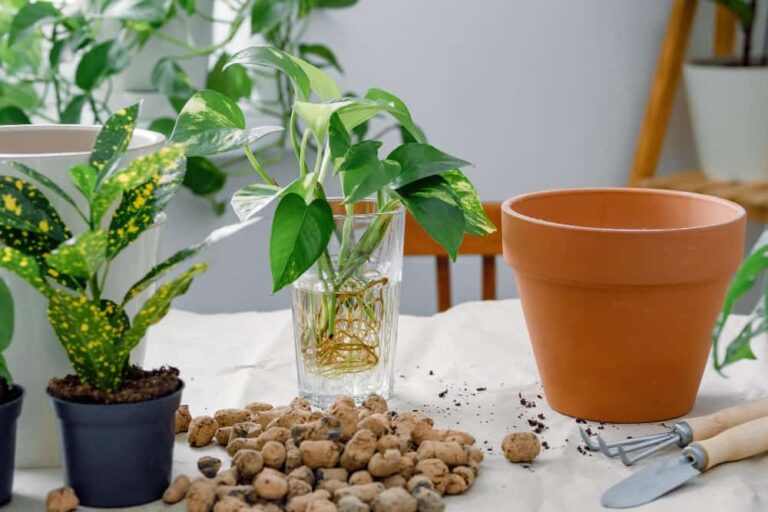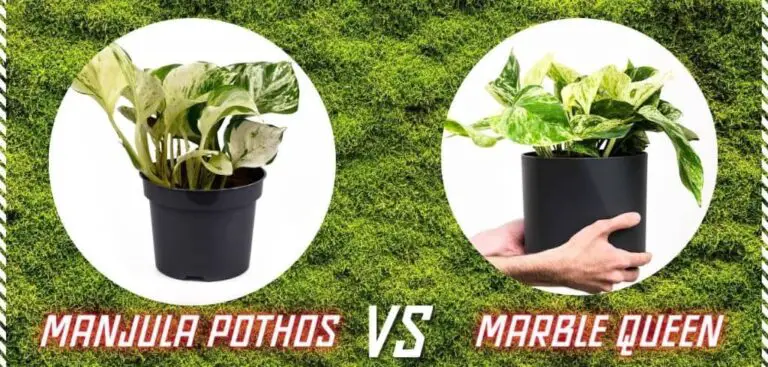Pothos Revealed: The Surprising Truth About its Love for Humidity
Those passionate about houseplants often cultivate pothos as indoor plants. Its lush green leaves and trailing vines are famous for novice and experienced plant parents. But when we talk about pothos careing, people ask about does pothos like humidity.
Pothos, scientifically referred to as Epipremnum aureum. This means that Pothos generally enjoys being in a moist and humid atmosphere. Humidity plays an essential role in health and well-being. Adequate humidity prevents issues like dryness in the leaves, wilting, or browning of the tips.
Does Pothos Like Humidity?
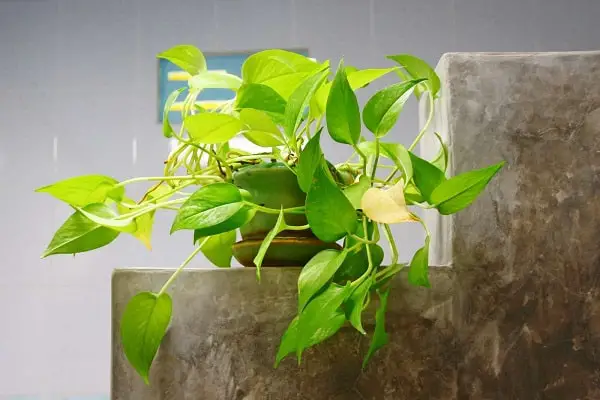
Pothos, also known as Devil’s Ivy. Pothos can enjoy moderate levels of humidity. The reason for this is that Pothos originates from tropical areas. That experiences elevated levels of humidity.
In a home where the air is drier, adding more humidity can help support healthy growth. You can keep the leaves from drying by putting the plant on a water tray or misting the leaves.
How Does Humidity Affect Your Pothos?
Incorrect humidity levels can affect the transpiration of your pothos plant. When low humidity, the plant’s pores don’t fully open, slowing transpiration and impacting its health. But, excessive moistness can lead to mold, fungal diseases, and root rot. Maintaining the right humidity levels will help thrive and prevent detrimental effects.
What is the optimal pothos humidity level?
The ideal humidity for Pothos plants is 40%–60%. This range balances moisture without being overly wet or dry.
Maintaining adequate moisture promotes good growth. Avoid leaf browning and wilting. Importantly, Pothos plants can survive a range of humidity conditions. Yet keeping it within the recommended range will ensure their health.
It may seem difficult, but using basic measures and checking the humidity level often makes it easy. Pothos thrives in high moisture from warm tropical locations and love 50–70%.
What is the method for measuring humidity in your home?
For accurate measurement of relative air humidity. Use a hydrometer. These digital, affordable, user-friendly instruments provide moistness and room temperature readings. To get precise readings, place the hydrometer near the plant. Different room areas may vary in humidity levels.
The weather, temperature, and soil conditions can all affect the humidity level. So, it’s important to check the hydrometer often for the correct results.
How to Help Your Pothos Deal with High Humidity
Suppose you notice that your plant is experiencing elevated levels of humidity. You need to act first; otherwise, if issues sustain, your plant will die in the end. Following the recommendation below to overcome the issue,
Avoid overwatering your plant.
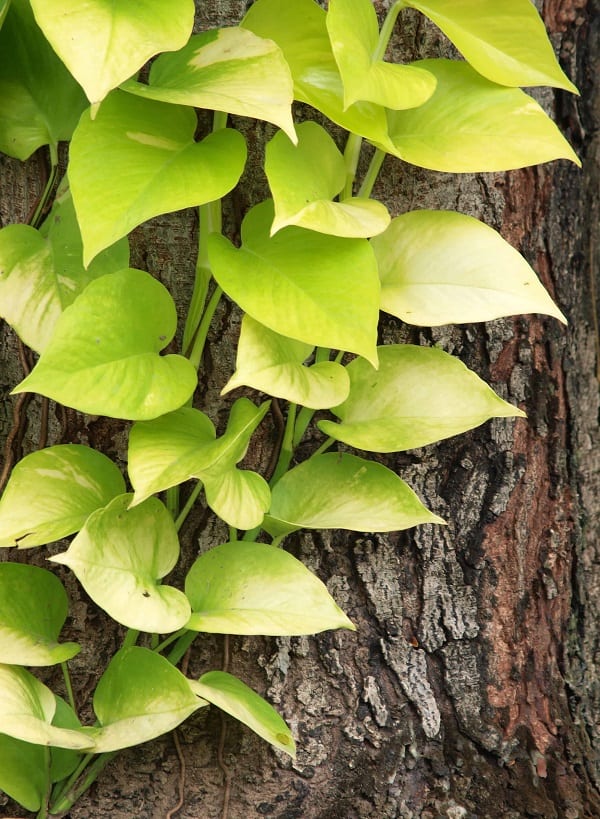
Overwatering can exacerbate the issue of high humidity for your pothos plant. Keep the soil moist but not soaked to keep your plant healthy. Excessive watering can lead to root rot and fungal infections. Also, it hinders your plant’s ability to thrive in high-humidity conditions.
Improve air circulation.
Proper air circulation is essential for reducing excess humidity around your pothos plant. If you think that air circulation near your plant is low. To create a better environment for your pothos, use a fan or open windows for natural airflow. This prevents moisture buildup and promotes healthier growth.
Consider using a dehumidifier.
If the humidity levels in your home go beyond the recommended range for pothos plants. It’s Best to use a dehumidifier. Putting a dehumidifier near your pothos will be a viable solution. It can remove extra moisture from the air, making the environment more balanced for your plant.
Track and adjust humidity levels.
Check the hydrometer near your Pothos plant to track the humidity levels, including higher humidity. If the readings say high humidity, take measures to lower the levels. Move your plant to a less humid area.
Choose the Right Potting Mix:
Using the right potting soil for your pothos plant can manage humidity levels. Used well-drained potting soil to help maintain the right moisture balance. Use perlite or coarse sand instead of heavy soil mixes that keep excess water and can cause fungal diseases. Add peat moss or coconut coir for moisture without overwatering. Use a potting mix for tropical plants.
Maintain Proper Lighting
Inadequate lighting may also be a reason for your plant not thriving. Pothos plants need well-lit areas with indirect sunlight to flourish. Insufficient lighting can contribute to high humidity levels around the plant. The lack of sunlight prevents proper moisture evaporation.
Proper lighting for your pothos plant is also essential in managing humidity levels. Pothos prefer bright, indirect light. However, excessive exposure to direct sunlight can increase evaporation and raise humidity. Place your plant in a brightly lit location, away from direct sunlight. If natural light is limited. Add artificial grow lights to supplement natural light deficiency.
Provide Adequate Drainage
Proper drainage is crucial in controlling humidity levels for your plant. Choose a pot with proper drainage holes. Standing water can increase humidity around the roots and promote the growth of fungi or mold.
If your pot doesn’t have drainage holes. There are a few ways to create drainage in your pot, such as drilling holes or placing a layer of gravel at the bottom.
Adjust Your Watering Routine
Adjusting your watering routine can help manage humidity levels for your pothos plant. Overwatering can lead to stagnant water and increased moisture. It creates a humid environment. Only water when you feel the soil is dry. This will prevent excessive moisture and help maintain optimal humidity levels.
Signs Your Pothos Have More or Less Humidity
If your pothos is not thriving or showing signs of distress, it may say that it needs more humidity. Some common symptoms include:
Also Read :- Are Terracotta Pots Good For Pothos? Unlocks Your Plant’s Potential
Pothos plants come in different types, each with distinctive features and needs. While some are more low-maintenance than others, they share the same fundamental care requirements.
Its prefers high humidity levels but can survive in average indoor humidity if you observe plant indications of low humidity. There are various techniques available to raise the moisture level in the atmosphere.
- Using a humidifier is an effective method to increase humidity levels. Using a humidifier near your pothos plant benefits the plant and creates a comfortable environment.
- Gravel trays can be a helpful tool in creating a humid environment for your pothos plants. Gravel trays can increase the humidity around your tropical plant by providing a reservoir for water to evaporate.
- Another option is to group your plants. When plants are grouped, they naturally release moisture through transpiration. It creates a mini greenhouse effect that increases the humidity in the area. This can particularly benefit your pothos plant, as it thrives in humid conditions. Arrange your pothos plant alongside other plants requiring similar humidity levels.
- Mist in pothos leaves also helps to increase the humidity. This will provide the leaves with a quick burst of moisture, simulating a more humid environment.
- Place a water tray nearby. The evaporating water will add moisture to the air. Avoid placing the tray directly under the plant.
- Avoid placing Pothos near sources of dry air, such as air conditioners or fans, as they can reduce humidity.
- Place pebbles on top of a shallow tray filled with water. Place your plant on the pebbles without letting the water touch the pot’s bottom. The evaporating water will provide the necessary humidity.
Can I group pothos with other plants?
Certainly, it is possible to combine pothos with other plants. It prefers high humidity levels, which can be achieved by creating a microclimate around the plant. This can be done by grouping pothos with other indoor plants to trap and increase humidity levels in their vicinity.
Additionally, the combined transpiration of the plants automatically increases humidity, making it a tried and trusted method to address low humidity problems. Creating a suitable microclimate for your plant will improve its growth and overall health.
How cold can pothos tolerate?
Pothos plants tend to be susceptible to low temperatures. They prefer a warm and tropical environment, so keeping them away from drafts and extreme cold is best. Pothos can tolerate temperatures between 60-85°F (15-29°C). The plant can experience stress and suffer leaf damage or even death if the temperature falls below or rises above this range. It’s essential to provide a consistent and moderate temperature for your pothos to thrive.
Why is my pothos turning yellow in water?
If the leaves of a pothos plant turn yellow, it might be a sign of excessive watering, which can result in root rot. Ensure the plant is not placed in waterlogged soil to avoid this issue. Also, adjust your water schedule to prevent overwatering.
Conclusion
So, does Pothos like humidity? Yes, it does! Just like an indoor greenhouse. For Pothos plants to flourish, they need a specific humidity level. If there is insufficient moisture in the atmosphere, the plant may wilt and become dehydrated.
The dry air in your home can cause pothos foliage to dry out, turn brown, and hinder growth. It is essential to keep the plant well-watered during the peak of summer and avoid exposing it to direct sunlight to avoid leaf scorch.
Taking care of Pothos is super easy, especially for beginners. Don’t give it too much water – just a little inch when the topsoil feels dry. If you see any tiny pests like mealybugs, gently wipe them away. Keep your Pothos in a spot with not too much bright light, and it’ll be cheerful.
Source : – https://hort.extension.wisc.edu/articles/pothos-epipremmum-aureum/

